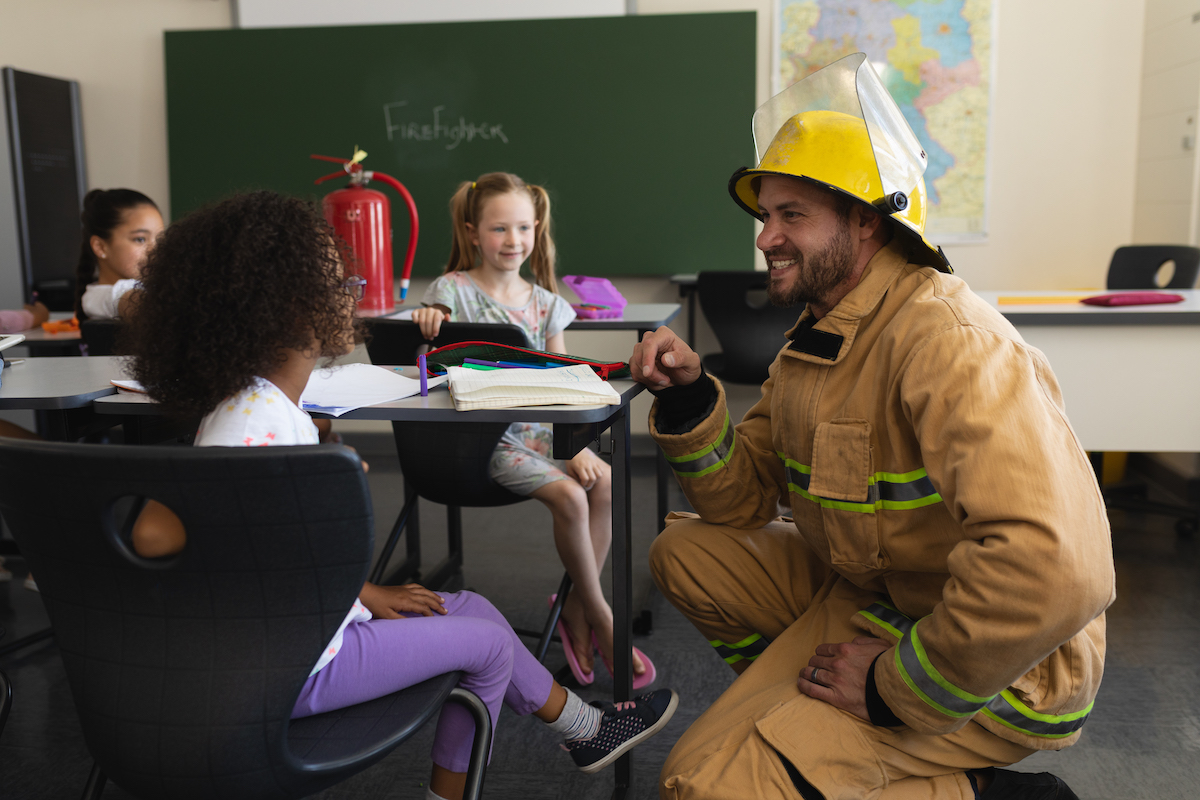Could the responsibility for our safety lie not solely with schools but also within the jurisdiction of law enforcement and other first responder agencies?
In our recent blog posts about responsibility, we discussed those who ultimately bear the responsibility for the daily safety of our schools—principals, safety directors, and superintendents. While this is true, we often hear about the numerous obstacles preventing them from fulfilling these responsibilities such as: lack of time, insufficient budget, lack of expertise, or conflicting expectations from experts. We have been advocating for school leadership to recognize the effort required to attain the competence necessary to ensure the safety of students and staff. We know school safety isn’t always easy for education professionals, so in this blog we lay out 3 steps to take when communicating with your emergency responders:
- Ask for help: Unless you are already meeting regularly with first responders, they won't know you need assistance unless you explicitly request it. Don't hesitate or be afraid to seek help. Anyone can visit the police station or fire department and ask for guidance. The nature of your request will determine who you are directed to. You are likely seeking someone who can aid in planning and consulting. It's important to understand that not every emergency response official possesses the requisite expertise to guide you effectively. For instance, many schools turn to School Resource Officers (SROs) for guidance, but SROs typically lack the experience or knowledge needed to develop comprehensive safety programs.
- In an emergency, responders first duty is to respond, not manage: Seek out officers or firefighters with planning experience who can assist you long-term. This will be a learning experience for everyone involved; designate a single point of contact to facilitate communication and coordination. They can also bring in additional resources as needed to achieve your goals.
- Talk to all your emergency teams departments: Each party brings unique expertise and perspectives to the table. Addressing diverse needs and viewpoints early on fosters relationship-building, essential for successful emergency response. You are laying the groundwork for a Unified Command structure during crises. Here are a few topics to cover in your initial meetings:
- Introduction: Clearly explain why you need help and learn how they can assist you. This initiates the process and sets expectations for collaboration.
- Review of Emergency Plans: Share your current emergency plans for assessment. If these are absent, don't worry; they can aid in developing them. Ensure they understand their role in the plan.
- Planning and Training: Progress through multiple meetings to refine and finalize plans. This process solidifies relationships and ensures the effectiveness of the plans.
- Implementation and Training: Ensure all stakeholders understand their roles and responsibilities. Conduct drills to assess plan feasibility.
By this stage, you should have a robust team driving momentum to expand and sustain your school safety program.
Emergency services hold expertise and experience crucial for school safety, and they will most often be more than happy to share this knowledge. Nevertheless, the responsibility remains on schools to seek this assistance. Emergency services face a similar challenge—requiring expertise beyond their daily functions. The expertise required to operate a school. Many schools and first responders assume that each understands the other's duties, which is often untrue.









No Comments Yet
Let us know what you think